Do Not Resuscitate /
Urban Exploration Photography
D.N.R

Structure
A £4.2 million redevelopment plan
has just been put into progress on
the 110 year old structure. (april 2012)
As I was raised in Kingsteignton (1/2 mile down the road ) this was my local hospital....
A cottage hospital was built in 1873 in East Street and was maintained by voluntary subscriptions and donations. It accommodated thirteen patients, which soon became apparent that this was inadequate for the needs of Newton Abbot and District.
A new larger hospital was built near the Baptist Chapel and adjoining the Union Workhouse.
It was made possible by two generous donors. D. R. Scratton, squire of the Ogwells, who presented the site, and Mrs Emmeline Fisher of Abbotsbury House, who at the time had just been left a widow, who bore the cost of building the first stage of the new hospital as a memorial to her late husband. Mrs Scratton laid the foundation stone in 1896, and then in 1898 declared the hospital open.
Before the National Health Service was established in 1948 when the state assumed ownership and control, Newton Abbot Hospital was run on an entirely voluntary basis.
A fund was set up to celebrate the Diamond Jubilee of Queen Victoria and this raised the sum of £1,044.
Some of the residents of Newton Abbot were known to have donated large amounts to the hospital fund, among those were the firms of Vicarys, Watts, Blake and Bearne, Mr Scratton who bequeathed an orchard behind the hospital, Thomas Mackrell and later the two Misses Mackrell, Rev Tudor, the Rector of Wolborough, Mrs Fisher, Mr R H M Baker, who was at one time Clerk to the Local Board, who also made the gift to the town of Bakers Park, and Dr H B Mapleton, a former Medical Officer of Health for Newton Abbot and District, after whom Mapleton House in Ashburton Road was named after.
Many local residents subscribed a fixed amount on a regular basis and there was a scheme whereby every man who earned less than £5 per week could insure hospital treatment for himself and his family by paying 2d per week. Funds raised by voluntary means paid for a Radiological Department, which in 1914 was the first one to be established in the South West Region. In 1927 hospital extensions were opened by HRH Edward Prince of Wales who was said to have annoyed at being kept waiting in the rain before being presented with the key.
The hospital has now been replaced by a new hospital at Jetty Marsh ...
An interesting tale taken from www.noddleit.com
In the nineteenth century, those unable to provide for themselves through extreme poverty, disability, or physical and mental illness, often ended up in the Newton Abbot Workhouse, which included the Borough of Torquay in its remit.
The Newton Abbot Poor Law Union had been formed in 1836 and their Workhouse - which could accommodate 350 inmates - was built in 1837 in East Street.
In 1894, the workhouse was the focus of an inquiry by the Local Government Board.
It was claimed that a strait-jacket, called a 'jumper' was in regular use, and that elderly paupers had been placed in it naked, and then tied to beds. This had led, it was alleged, to the deaths of some inmates.
Witnesses described that the wards were filthy, and the inmates infested with vermin. A nurse testified that she had found a female inmate dying, her hair had been cut off, and her toe-nails were like claws. Another paralysed inmate had injured herself with her uncut finger-nails.
Another nurse said she had been given sole charge of about 150 sick paupers. The beds were filthy and sick children were under the care of two partially blind women. One child had been tied to a bed with string to prevent it from running about as it had no shoes and stockings. Eleven children had four nightgowns between them. Neither brushes nor combs were provided and their food was kept in the lavatories. Another witness said she saw two men tied to the same bed.
A woman with, what we would now call, learning disabilities was observed in the workhouse yard crouched in a corner with a bruised face. A shed had been built for her in the yard, but the boys threw stones and snowballs at her. Her tormentors included the master's son. Fighting amongst the inmates (who were described as 'idiots) was common, as was 'immorality' amongst them.
The matron for almost thirty years, Ann Mance, was accused of neglecting her duties, having visited the sick ward only five times in three months. She was dismissed, and died from a heart condition a few weeks later.
The Workhouse buildings were later incorporated in the Old Newton Abbot Hospital.
Newton Abbot Hospital
Information
